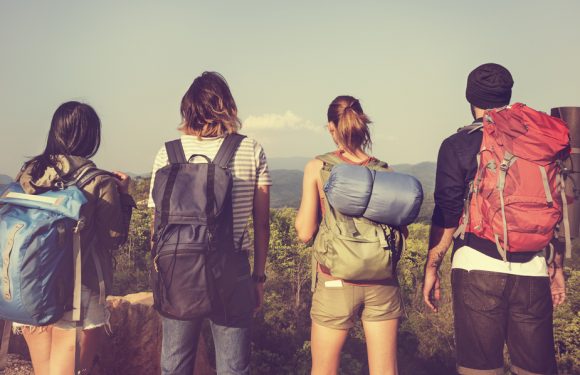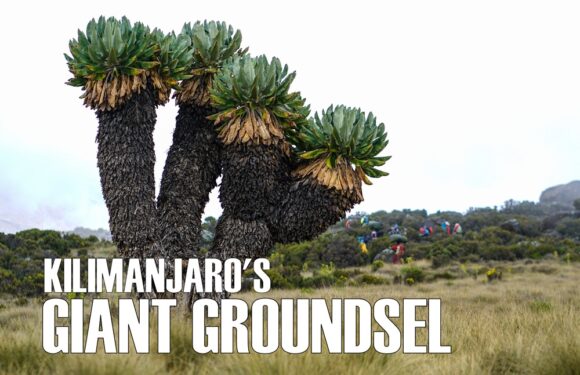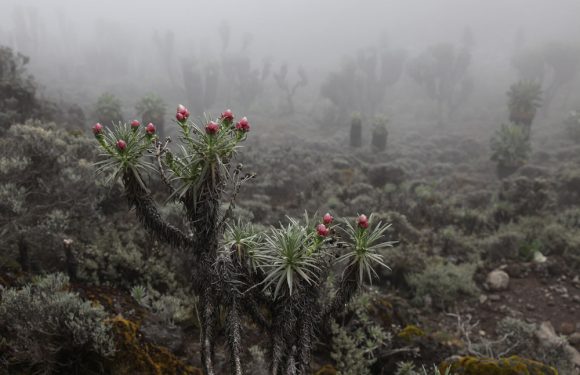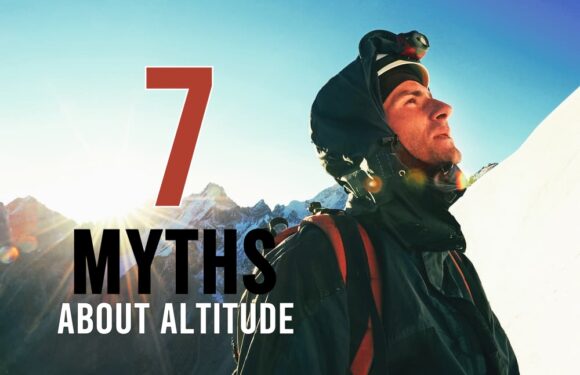
What is Lava Tower?
Lava Tower is a 300-foot tall rock structure on Mount Kilimanjaro. It is a distinct geological formation and significant landmark on the mountain.
How Was It Formed?
Lava Tower is a volcanic plug that was formed when Kilimanjaro was an active volcano. The process began between 150,000-200,000 years ago during a volcanic eruption. Magma rose through a vent from deep within the Earth to reach the surface. After the eruption subsided, the magma within the vent cooled and solidified. Over time, erosion wore away the softer, surrounding volcanic material, leaving the hard material exposed.

What Are Characteristics of Volcanic Plugs?
Volcanic plugs are often composed of basalt or andesite, which are hard, durable types of rock. They typically have a steep, often near-vertical, profile due to their resistance to erosion. And the size of a volcanic plug can vary greatly, depending on the size of the original volcano and the extent of erosion.
What Are Other Examples of Volcanic Plugs?
Some notable examples of volcanic plugs include: Devils Tower in the USA, Shiprock in the USA, Sugarloaf Mountain in Brazil, Pinnacle Rock in South Africa, Roque Nublo in Canary Islands, and Arthur’s Seat in Scotland.

Where is Lava Tower Located?
Lava Tower is located on Mount Kilimanjaro, west of the summit and east of the Shira Plateau. Its elevation is 15,190 feet above sea level. The routes that visit the formation include the Shira, Lemosho, and Machame routes as well as certain variations of the Northern Circuit and Umbwe routes.

What is the Weather Like?

Lava Tower lies within Kilimanjaro’s alpine desert zone. This ecological region is characterized by sparse vegetation, extreme temperature fluctuations, strong winds, and dry conditions. The landscape is rocky and barren, with loose gravel and stones covering much of the ground. The harsh environment makes it inhospitable to most plant or animal life.
Is There a Campsite at Lava Tower?
Yes. A campsite is located at the base of the volcanic plug. We do not typically stay at this campsite on our routes. Rather we utilize it as an acclimatization high point, stopping here for lunch, before descending to a lower campsite. This schedule follows the “climb high, sleep low” principle of mountaineering and is done for acclimatization purposes.

Can You Climb Lava Tower?
No. Years ago, it was allowed to scramble to the top of the structure. However, due to safety concerns, it is now forbidden.




























































